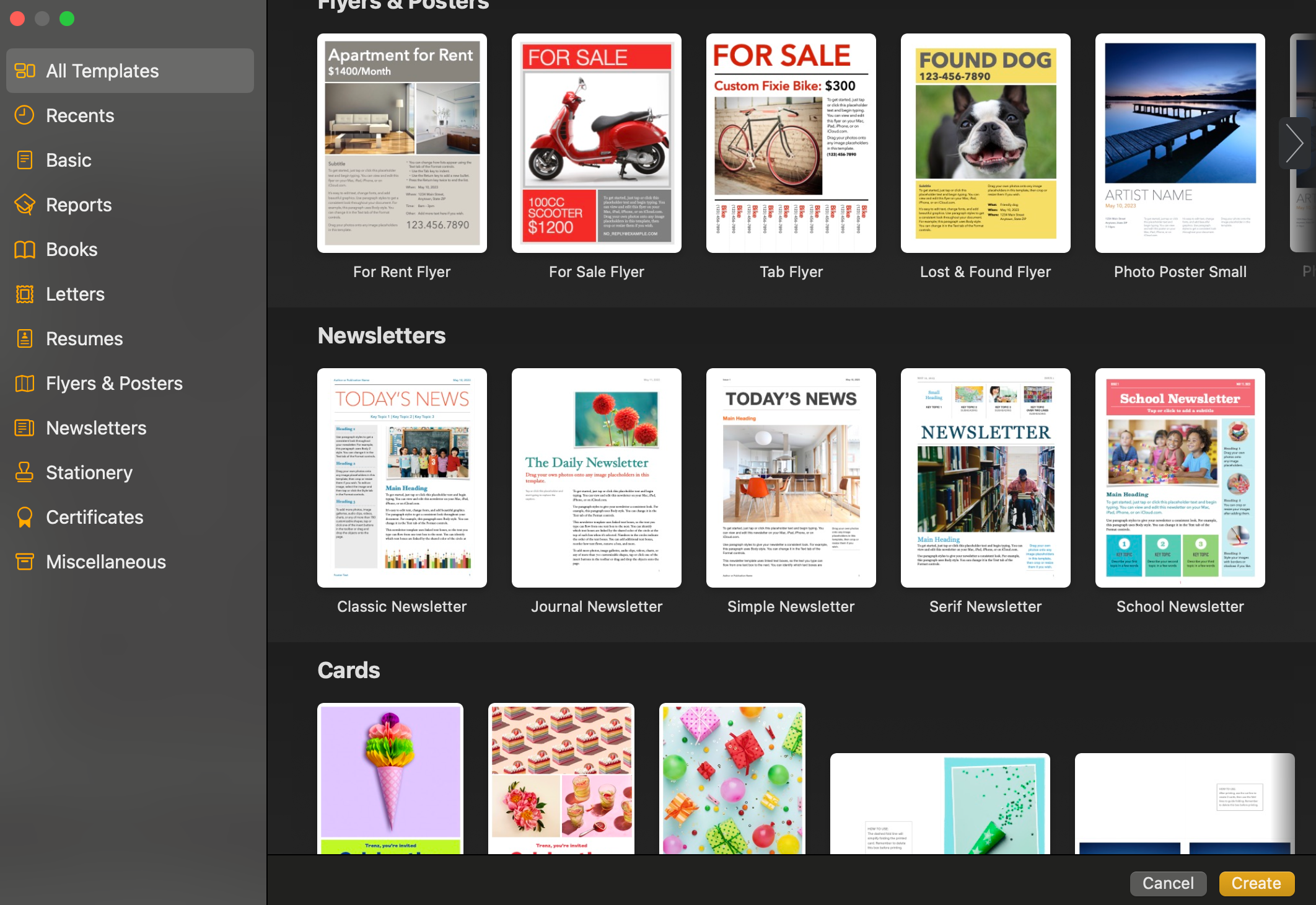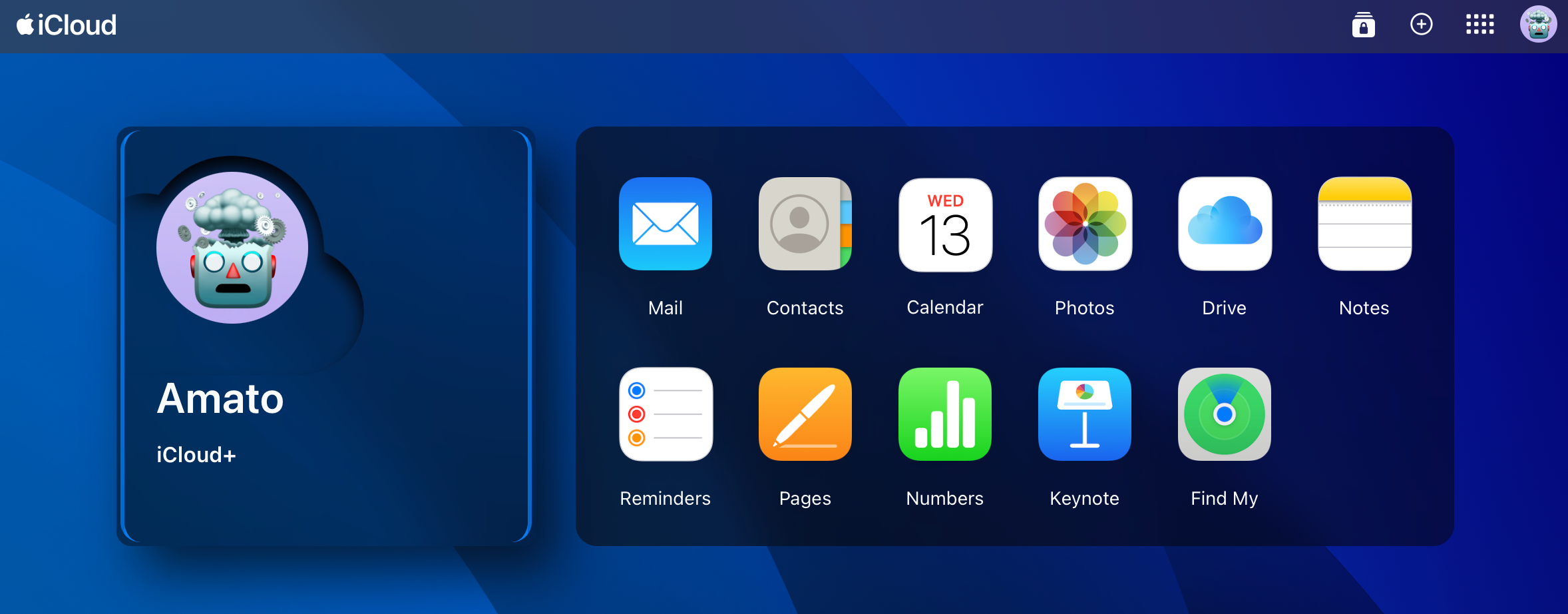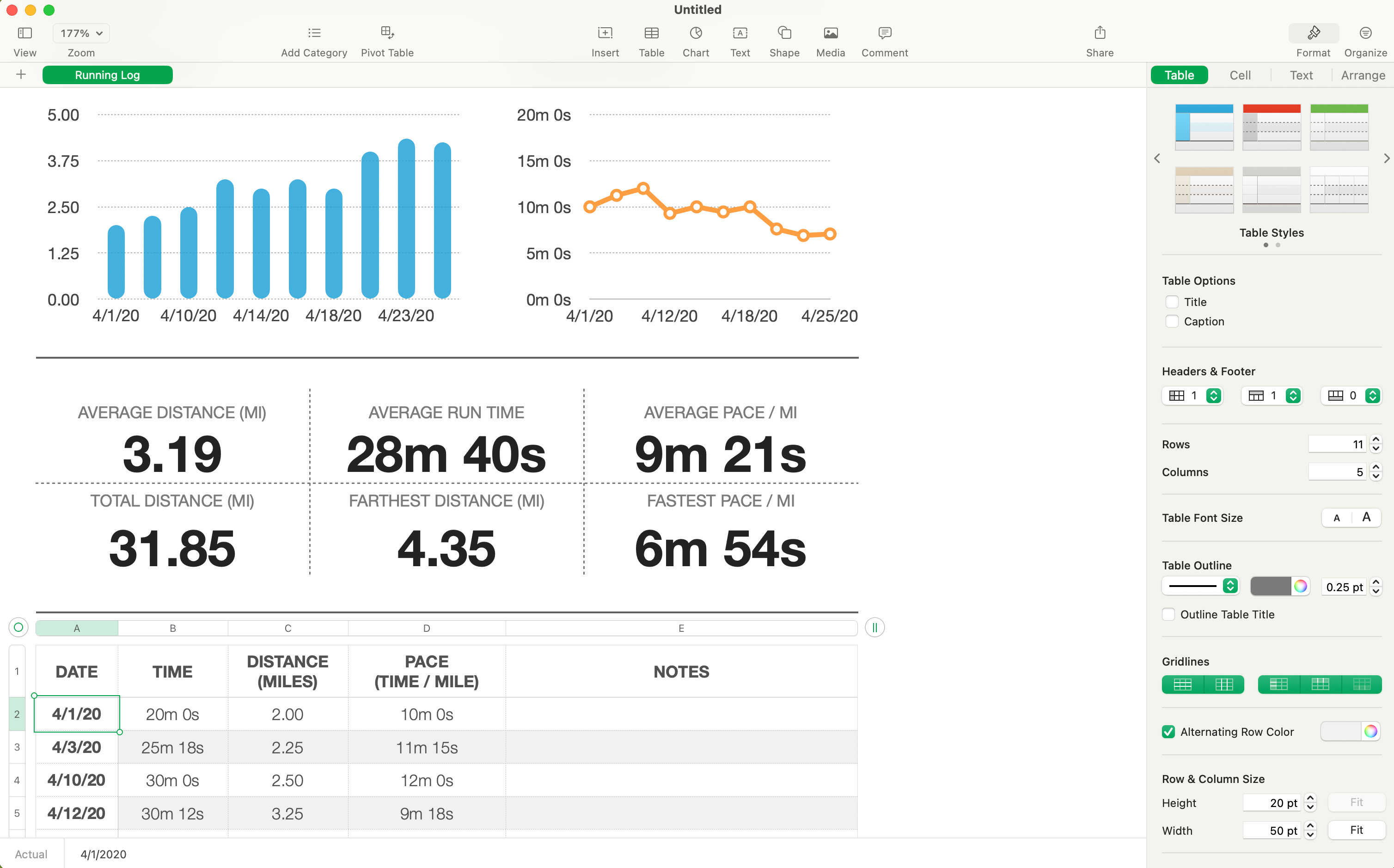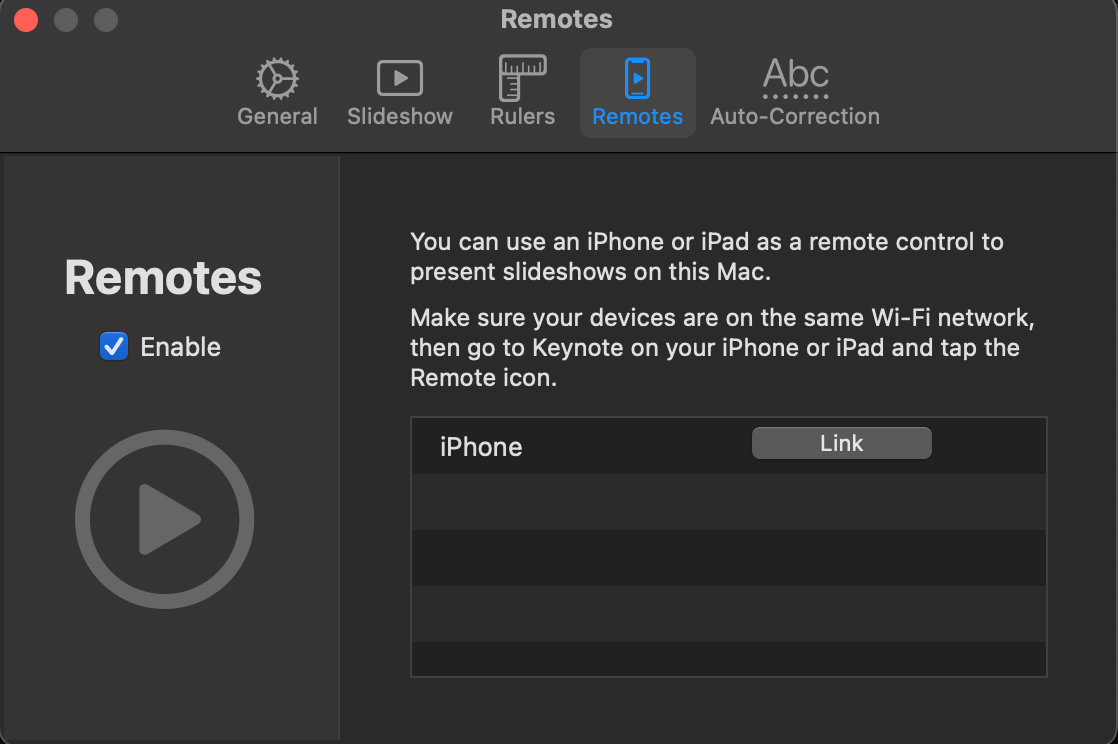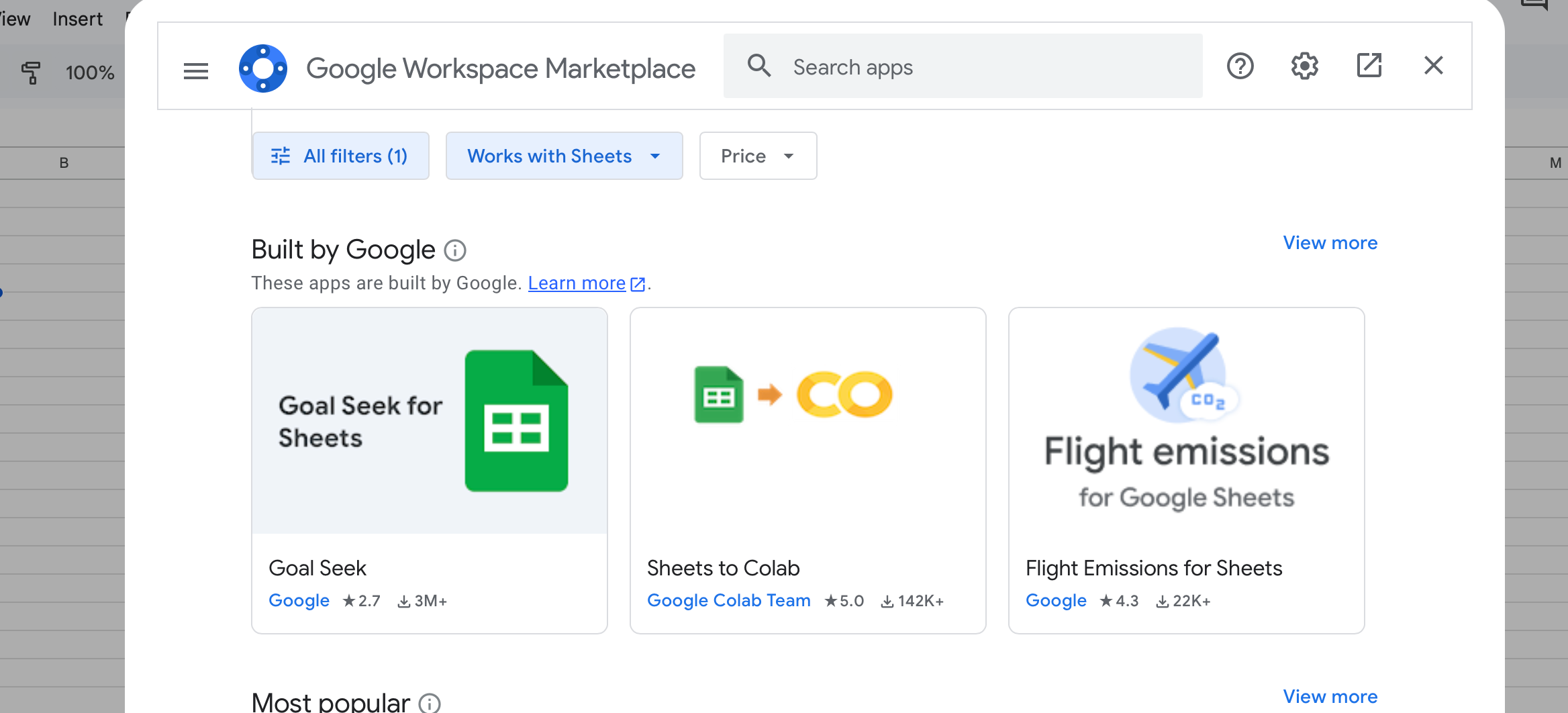Key Takeaways
- Apple’s iWork suite offers intuitive, beautifully designed apps focused on simplicity over extensive features.
- iWork’s strength is its seamless integration with Apple devices, but it lacks native support for Windows or Android.
- iWork can be suitable for Apple users who don’t need add-ons or other powerful features offered by the competition.
Every Apple device comes with access to Apple’s free productivity suite, iWork. Each app—Keynote, Numbers, and Pages—feels unmistakably Apple in its design, but can they truly replace Microsoft Office or Google Docs Editors? Let’s take a look.
The Promise of iWork
Remember 2005? Microsoft Office ruled the productivity world with an iron fist of complicated menus and endless features. That’s when Apple stepped in with iWork, and they made it clear that imitation was not the aim of the game. Instead of cramming in every feature imaginable, Apple asked a simple question: “What if office apps weren’t a pain to use?”
The result was a breath of fresh air. Pages, Numbers, and Keynote focused on making beautiful documents without requiring a certification to find one’s bearings. Sure, they couldn’t do everything that Office could, but that was exactly the point. Apple bet that most people would rather have something that worked intuitively than something that could do advanced pivot tables in their sleep.
Fast-forward to today, and Apple’s strategy remains largely unchanged. Open any iWork app and you’ll find an intuitive and simple interface, complemented by dozens of gorgeous templates ready to make your work look magnificent in minutes.
Want to create a fun party invitation? Just pick a template and start typing. Need to make a work presentation that engages your audience? Keynote’s got your back with its modern designs.
Made by Apple, for Apple
The iWork suite’s tight integration with Apple’s ecosystem is both its greatest strength and its most limiting factor. On Apple devices, these apps seamlessly integrate with the ecosystem in ways that enhance productivity at every turn.
You can effortlessly switch between devices using Handoff, while iCloud sync ensures your documents are always up-to-date. Integration goes deeper with features like Continuity Camera, which transforms your iPhone into a document scanner.
System-level integration extends further with Quick Look for instant file previews and comprehensive Spotlight search capabilities that make finding documents a breeze. These apps also take full advantage of Apple silicon processors, running natively on the latest Mac models with excellent performance and battery efficiency.
However, this Apple-exclusive approach comes with a significant drawback: there’s no native Windows or Android support. While web versions exist at iCloud.com, they offer only basic functionality compared to the native apps and can’t work offline. On the upside, you can do things like share Page documents with non-Apple users without requiring any form of login.
Different for a (Good?) Reason
When comparing iWork to Microsoft Office or Google Workspace, the differences become apparent quickly. Some features common in other suites are simply missing from iWork—but this isn’t always a bad thing.
Pages, for instance, lacks the competition’s extensive formatting options and reference tools. Instead, it takes a unique approach to document creation, emphasizing page layout and design over traditional word processing. It functions more like a hybrid between a word processor and a desktop publishing tool, with a layout-based approach that prioritizes typography and design.
The app excels at handling inline images and media, offers an intuitive table of contents creation system, and provides superior templates for creative projects. While this makes it excellent for creating visually appealing documents, it can be frustrating for academic writing or complex business documents.
Numbers takes an even more radical approach to spreadsheets. Rather than Excel’s or Sheets’ grid-centric view, Numbers treats each table as an object that can be placed freely on a canvas alongside charts and images.
This canvas-based approach allows for multiple tables per sheet and provides more attractive default charts with interactive data visualization capabilities. The formula syntax is simplified for easier understanding, though this comes at the cost of advanced features—you won’t find macro support here, and pivot table functionality is limited compared to the others.
Keynote might be the strongest offering, and can be rationally preferential to PowerPoint or Slides for many users. It provides more precise animation controls and significantly better default themes than its Microsoft counterpart.
The “Magic Move” transitions and superior object manipulation tools make it easier to create professional-looking presentations. The ability to control presentations using iOS devices adds another layer of convenience. However, it still lacks some advanced features like morph transitions and real-time collaboration capabilities.
The Extension Equation
One of the most significant differences between iWork and its competitors is the complete absence of an extension ecosystem. While Microsoft Office and Google Workspace offer vast marketplaces of add-ins and integrations, iWork takes a deliberately closed approach.
This limitation has both positive and negative implications. On the positive side, the lack of extensions contributes to a more stable and consistent experience across devices. Without third-party add-ins to potentially cause crashes or compatibility issues, the apps maintain better performance and security. Updates roll out more smoothly, system resource usage stays lower, and troubleshooting becomes significantly easier.
However, this closed system can be severely limiting for users who rely on specialized tools. The absence of reference management tools, advanced data analysis plugins, and custom visualization options can be a deal-breaker for many professionals. Users who need industry-specific templates, workflow automation tools, or extensive third-party cloud storage integration will find iWork’s built-in capabilities insufficient for their needs.
Need to Play Nice
Perhaps the most critical consideration when evaluating iWork is compatibility with other office suites. While Pages, Numbers, and Keynote can import and export files in Microsoft Office formats, the conversion process often introduces complications.
Complex formatting frequently gets lost or altered in translation, and certain features simply don’t survive the journey between platforms. Even LibreOffice Writer handles Microsoft Word formats better than Apple Pages does. Macros and advanced Excel formulas become non-functional, while real-time collaboration remains limited.
The compatibility issues extend to more subtle elements as well. Custom fonts may not transfer properly, chart appearances can shift unexpectedly, and document comments often get lost in translation. Even “Track Changes” history, crucial for collaborative writing, might not survive the conversion process.
While the web versions at iCloud.com attempt to bridge these gaps, they fall short of the capabilities offered by Google’s web apps or Microsoft 365’s online versions. This limitation becomes particularly problematic in business environments where those tools are the standard.
The Verdict
Whether iWork can replace Google’s or Microsoft’s suite depends entirely on your needs. The iWork suite might be enough if you:
- Work primarily within the Apple ecosystem.
- Create visually-oriented documents.
- Don’t need specialized add-ins.
- Rarely collaborate with non-Apple users.
- Appreciate simplified, focused tools.
- Value design and esthetics.
- Prefer native apps to web apps.
- Don’t require advanced features.
On the other hand, you may want to stick with Google Docs Editors or Microsoft Office if you:
- Need advanced features like macros or reference tools.
- Regularly collaborate with non-Apple users.
- Rely on specific add-ins or extensions.
- Require cross-platform compatibility.
- Work in a business environment standardized on other tools.
- Need advanced data analysis capabilities.
- Require specific industry-standard features.
- Have complex collaboration requirements.
Of course, there is another option worth considering: don’t limit yourself to one office app, just use all of them! If a project could benefit from an iWork template, go ahead and make it with Apple’s app, then do more advanced or collaborative work in Google Workspace or Microsoft Office.
After all, there’s no rule saying you can’t use multiple tools to get your work done.


